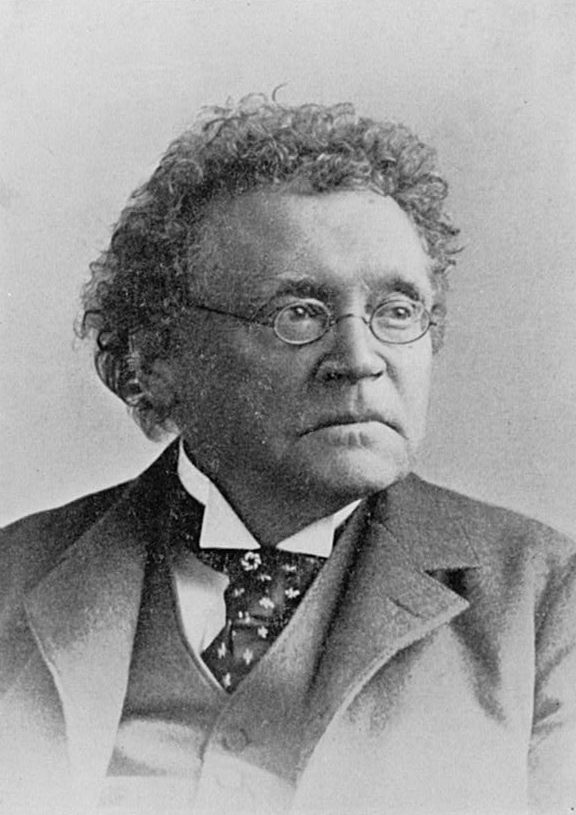
This is typical of many Child Ballads that explore the way tensions between the rich and poor and/or between men and women erupt in sex and violence. Sometimes those conflicts become comic, as in “Our Goodman,” the story of a dim-witted husband fooled by the increasingly flimsy excuses of his unfaithful wife. She even convinces him that the head lying on his pillow is a cabbage. The song became a top-10 British single for The Dubliners under the title “Seven Drunken Nights.” It has been recorded by Simply English as “The Merry Cuckold,” by Sonny Boy Williams as “Explain To Me” and by Dr. John as “Cabbage Head.”
Videos by American Songwriter
“Barbara Allen,” perhaps the best known Child Ballad, has been recorded by countless artists, including folk-punker Frank Turner, country legend Merle Travis, The Decemberists’ Colin Meloy, Green Day’s Billy Joe Armstrong (with Norah Jones), bluesman Josh White, jazzman Dave Douglas, duo survivor Art Garfunkel, The Everly Brothers, even movie star John Travolta.
It’s is a textbook case of passive aggression. Sweet William is in love with Barbara, but she’s not interested. When he gets sick, he tells everyone that all he wants is one last look at Barbara Allen. The neighbors shame her into coming to visit the dying man, and she is made to feel guilty for making her own choice in lovers. But she’s capable of cruel passive aggression herself; she decides to die of grief and pressures her parents to help her do so by digging a grave and sewing a shroud.
Though he did his research in England, Child was an American, a working-class kid from Boston who earned scholarships to Boston Latin and then Harvard. He taught at Harvard from graduation till his death in 1896, becoming an expert in mathematics and Medieval literature. His groundbreaking work on English poets such as Spenser, Chaucer and Shakespeare led him to an obsession with Britain’s “popular ballads,” and he devoted much of his final decades to finding, editing and researching those lyrics.
Like any editor or researcher, he had his blind spots: a weakness for Robin Hood songs and an aversion to anthropomorphic animals and to the explicitly bawdy. But his instincts were good, and he unearthed several dozen of the greatest songs in the English language – ballads that might otherwise have been lost. Just as importantly, he demonstrated the importance of paying attention to old folk songs, of searching them out in all their variations and sources, and of sharing that information so those songs remain in active performance.
Child’s many followers – most notably John Lomax, Alan Lomax, Harry Smith, Dick Spottswoode, Steve Roud, Edith Fowke, Sis Cunningham, Joe Bussard and Nick Perls – continued his work, often going beyond rare manuscripts and recordings to collect songs from the oral tradition. As a result, today’s singers don’t have to reinvent the wheel; they can listen far into the past for examples of songs on every human condition and every dramatic situation.
“The folk songs showed me the way,” Dylan wrote in the 1963 Newport Folk Festival program. “They showed me that songs can say something human. Without ‘Barbara Allen’ there’d be no ‘Girl From The North Country’… The ol’ songs tell how they loved an’ how they kissed. They tell us what they rejected an’ objected to. They laid it down an’ made the path. They were simple an’ tol’ the story straight.”
— The print version of this article incorrectly listed the author as Rick Moore. The writer is Geoffrey Himes.
